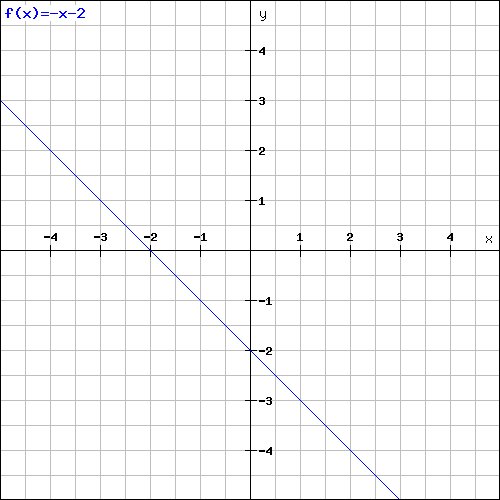seekmba
Can someone help me on how to approach and solve such problems. Thanks in advance.
In the xy-plane, if line k has negative slope and passes through the point (s, -2), is the x-intercept of the line k positive?
(1) s = 0
(2) The y-intercept of line k is negative
Drawing method:(1) Line k passes through the point (0, -2) and has negative slope. Line k can be something like this:
Attachment:
 1.png [ 9.16 KiB | Viewed 7535 times ]
1.png [ 9.16 KiB | Viewed 7535 times ]
So you can see that x intercept must be negative. Sufficient.
(2) The y-intercept of line k is negative and line has negative slope. Line k can be something like this:
Attachment:
 2.png [ 9.87 KiB | Viewed 7556 times ]
2.png [ 9.87 KiB | Viewed 7556 times ]
Again you can see that when y-intercept is negative and slope is negative, then x-intercept must be negative too. Sufficient.
Answer: D.
Algebraic approach:Equation of a line in point intercept form is \(y=mx+b\), where: \(m\) is the slope of the line; \(b\) is the y-intercept of the line (the value of \(y\) for \(x=0\)); \(x\) is the independent variable of the function \(y\).
X-intercept is the value of \(x\) for \(y=0\) --> \(x_{intercept}=-\frac{b}{m}\).
Question: is \(-\frac{b}{m}>0\). As given that slope is negative (\(m<0\)), basically the question becomes is \(b>0\)?
(1) Line k passes through the point (0, -2) --> \(-2=0*m+b\) --> \(b=-2<0\). Answer to the question is NO. Sufficient.
(2) The y-intercept of line k is negative --> as y-intercept is value of \(b\), so we are directly told that \(b<0\). Answer to the question is NO. Sufficient.
Answer: D.
For more on this issue refer to the Coordinate Geometry chapter of the Math book (link in my signature).
Hope it helps.

 35%
(medium)
35%
(medium)
 33%
(01:38)
wrong
33%
(01:38)
wrong  based on 276
sessions
based on 276
sessions


